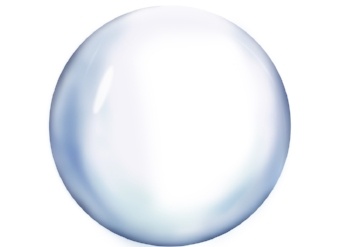 Consumer oxygen is used by football players and movie stars. Professional athletes generally use supplemental recreational oxygen to help recover from stress in the body due to exertion.
Consumer oxygen is used by football players and movie stars. Professional athletes generally use supplemental recreational oxygen to help recover from stress in the body due to exertion.
The oxygen seems to help recovery, give more stamina, and provide an energy boost when needed. You see football players use it on the bench in between stints on the field.
Worldwide consumer oxygen markets are poised to achieve continuing growth as athletes, the people exercising in sports gyms, and the aging population worldwide use consumer oxygen as a treatment for muscle recovery and dementia. Consumer oxygen is also useful for mountain climbing where the air is thin.
Recreational oxygen is different from medical oxygen. Medical oxygen is delivered under a prescription and used as a medicine. Medical oxygen is used to treat COPD and is regulated by the FDA as a drug; whereas, recreational oxygen is used to improve athletic endurance and enhance brain functioning. However, oxygen is oxygen — the chemical composition of oxygen is always the same O2, but the packaging makes a difference.
Professional athletes use recreational oxygen, controlling the dosage themselves and choosing sporadic use of supplemental oxygen. Sports club members are expected to more widely adopt the use of recreational oxygen. They currently tend to use oxygen in a can, such as Boost oxygen. Oxygen bars are commonly used by singers and movie stars to improve vocal cord quality and skin tone. All these uses of oxygen are anticipated to grow.
Consumer oxygen is useful for older people without COPD who develop dementia and other debilitating conditions. Oxygen use by these people is thought to improve their quality of life in a dramatic manner.
In addition, oxygen can be useful for treating the frailties of aging. One example is Federal Judge Wesley E. Brown. He did not have a respiratory disease, but rather used supplemental oxygen to keep his brain going strong and help alleviate forgetfulness at age 103. His presence in his courtroom was imposing as he dominated the scene. His diminished frame was nearly lost behind the bench, a tube under his nose fed him oxygen during hearings, yet he worked in a reliable and competent manner.
Portable oxygen devices have become affordable and support a mobile lifestyle that is extended to a broader set of people who use recreational oxygen selectively, continuing to drive sales of recreational oxygen and oxygen bar concentrator air filtration units.
In 2017, consumer recreational oxygen equipment markets are forecast to reach $44.5 million, and they are anticipated to hit $2.1 billion dollars by 2023. Professional athletes drive the market initially. Growth is a result of demand for the smaller lighter technology that’s already been developed and is on the market, available for use by people exercising.
Interested to learn more about this growing market? Check out these reports:
- Portable Oxygen Concentrators Market Shares, Strategies, and Forecasts, Worldwide, 2020 to 2026
- Oxygen Long-Term COVID Treatment Equipment: Market Shares, Strategies, and Forecasts, 2022 to 2028
About the Publisher: WinterGreen Research provides strategic market assessments in telecommunications, advanced computer technology, communications equipment, and other dynamic sectors. Industry reports focus on opportunities that expand existing markets or develop major new markets.
Additional Articles by WinterGreen Research |

